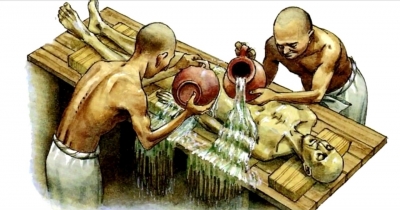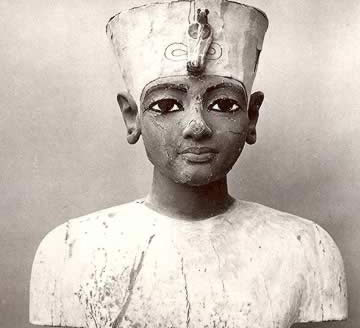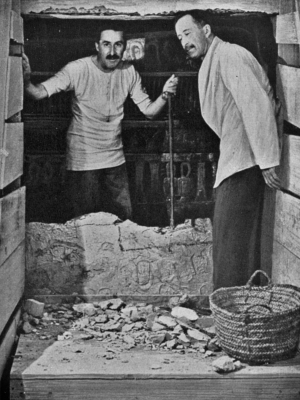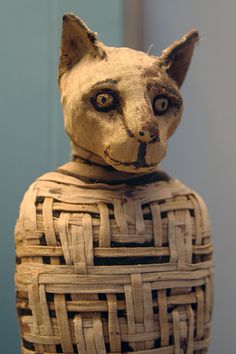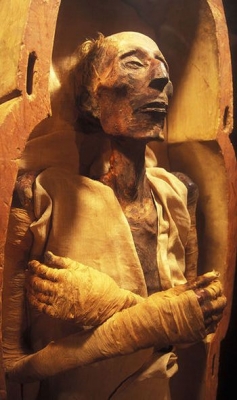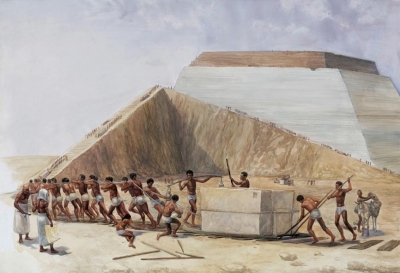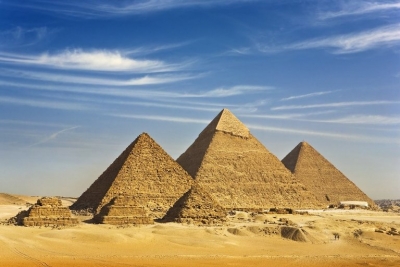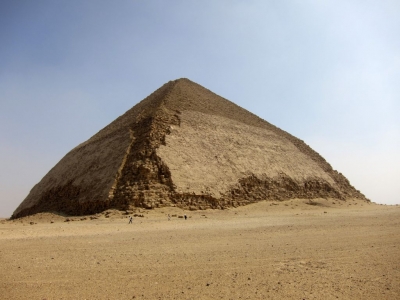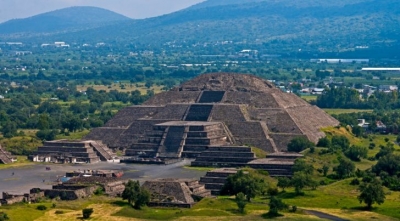What is the significance of the World Day of Social Justice?

All societies seek equality. The idea that all human beings are equal is based on the concept of social justice. For peaceful and prosperous coexistence within and among societies and nations, the principle of social justice is an important element. February 20 is celebrated as the World Day of Social Justice.
The core of social justice is in promoting human dignity. People face inequality in many ways. Economic inequality, gender inequality, racial and caste inequality and inequality in terms of opportunity are some of the ways society is divided. The principles of social justice promote equality on all counts and advocate removing barriers that split society in terms of age, gender, race, ethnicity, religion, culture, nationality and disability.
The UN has constituted an international body called the International Labour Organization for ensuring employment, social protection, social dialogue, and fundamental principles and rights at work. Taking care of the interests of the migrants ranging up to 258 million across the world is another task of the UN.
Equality is an ideal state and often an impossible dream; however, if states do not strive incessantly towards it, societies will fall apart and disintegrate.
Picture Credit : Google





